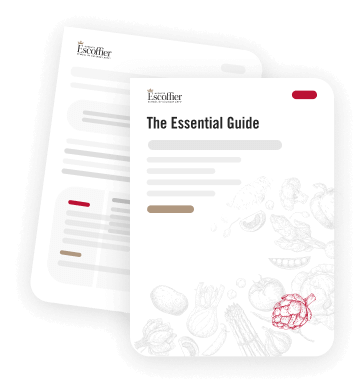Guide To Moldy And Delicious Foods

Greek yogurt giant Chobani faced much criticism recently when the company voluntarily recalled containers of some yogurts due to mold. While you perfect cooking with various foods and ingredients in your online culinary school program, you might be wondering how to deal with mold. The Food and Drug Administration received 170 complaints from consumers who experienced problems such as nausea and cramps due to unfavorable yogurt. Affected states included Arizona, Indiana and Florida.
“These reports about a product only reflect information as reported and do not represent any conclusion by the FDA about whether the product actually caused the adverse events,” FDA spokesman Tamara Ward said in a statement.
The look: According to CBS News, if you have green or fuzzy white spots in your yogurt, it is most likely mold. However, it is not necessary to panic. Some foods consist of safe and delicious mold. For example, brie cheese has surface mold which is safe to enjoy. Blue, stilton, and gorgonzola are additional examples of cheeses which are made with mold and safe for consumption. However, mold in yogurt can be harmful for some, as it could trigger an allergic reaction or respiratory problems.
Most people who eat moldy yogurt do not experience problems. It simply passes through a person’s system in a few hours. If you do notice unusual colors in your yogurt, it is best to dispose of it to avoid any health related problems.
When is it safe to eat moldy foods? Health.com offers some tips for foods which are perfectly safe to eat even if they mold. Keep in mind, some foods can be salvaged as long as the mold is cut off:
–Hard salami: A white coat on your salami is mold, however it is not necessary to discard it. According to the source, mold is sometimes added to hard salami for added flavor.
–Cheddar cheese: If you notice mold on cheddar cheese you do not need to throw it out. As long as you cut the white layer off the cheese and properly clean the knife, you can wrap up the dairy product in plastic again.
–Carrots: If your favorite orange veggie gets some mold on it, it is still edible. If you cut off the part around the mold, you can keep the carrot for cooking. In general, it is safe to keep hard vegetables if they develop mold.
If you like this post, please be sure to check out the following!
Greek Vs. Regular: Which Yogurt Is Better?
Study: Yogurt Linked To Altered Brain Function

